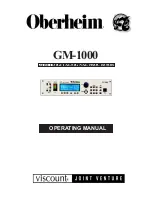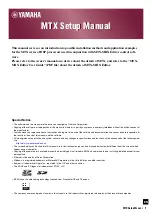
43
43
Tips for best results
General
• When processing some vegetables (e.g. onions), peel, if required, and quarter or cut
very large vegetables in eighths – especially if you wish to process the vegetables using the
universal ‘s’ blade and do not feed it through the feed tube.
• For measuring out small amounts up to 150 ml you can use the pusher. It is
equipped with an appropriate scale.
Using the universal ‘s’ blade
• In most cases, you should not process your food excessively. Most ingredients are better,
if chopped only coarsely (e.g. onions). In general, some short bursts using the PULSE button
are sufficient.
• For best, most consistent results, you should cut your food in pieces approximately equal in
size. Pre-cut meat into cubes of approx. 2 cm in size. Additionally, it is best, not to overload
the bowl. For processing large amounts, it is a good idea to work in portions of up to 100
ml.
• Raw meat will take slightly longer to process than cooked meat.
• The quantities that can be processed using the chopping blade will vary with the density of
the mixture.
• Herbs and greens as well as all parts of the appliance must be completely dry for this.
Otherwise the food will stick to the inner sides of the bowl. Push the food down in between,
using a wooden or plastic cooking spoon or the supplied spatula. It is best to use the PULSE
button.
• When adding solid finely grinded ingredients like icing or flour, there is no need to sieve
these ingredients.
• You may add further ingredients directly through the feed tube. It is best to stop the motor
for this.
Using the feed tube and cutting discs
• Cut the food in pieces fitting in the feed tube. Fill the feed tube loosely and insert the pu-
sher, before switching on the motor and pushing down slowly. The more firmly you push, the
thicker the slices or shreds. However, do not push too vigorously to avoid that the motor gets
stuck.
• Especially when cutting slices, it is essential to evenly and firmly fill up the feed tube to
allow each piece of food supporting the other. Push down the foods evenly with the pusher.
Example: put carrots upright side by side into the feed tube to get small slices. Cut the carrots
in fitting pieces and insert these pieces horizontally in a stack in the feed tube. The thickness
of the cuts depends on which side of the slicing disc is facing upwards or how the variable
slicing disc is adjusted.
• Softer foods such as cheese (cheddar, mozzarella or Swiss) should be well chilled before
processing. Harder foods such as parmesan or Romano cheese should be at room tempera-
ture before processing. Do not apply too much pressure, when grating hard cheese.
Summary of Contents for 40963 DesignFood Processor S
Page 27: ......










































